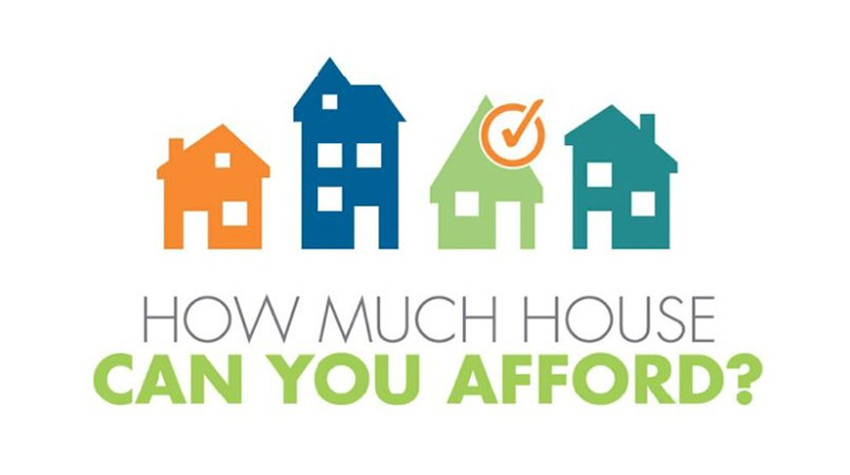When it comes to obtaining a mortgage, understanding the concept of Loan-to-Value (LTV) ratio is essential. The Loan-to-Value ratio is a financial metric that plays a significant role in determining your eligibility for a mortgage. This article aims to shed light on what Loan-to-Value is and how it affects your ability to secure a mortgage.
What is Loan-to-Value Ratio?
Loan-to-Value ratio, often referred to as LTV ratio, is a key measure used by lenders to assess the risk associated with a mortgage loan. It represents the proportion of the loan amount in relation to the appraised value or the purchase price of the property (whichever is lower). The LTV ratio is expressed as a percentage and serves as an indicator of the borrower’s equity in the property.
Understanding the Calculation
To calculate the Loan-to-Value ratio, you divide the loan amount by the appraised value or the purchase price (whichever is lower) of the property and multiply the result by 100 to get a percentage. For example, if you are purchasing a property valued at $300,000 and you are borrowing $240,000, the LTV ratio would be calculated as follows:
LTV Ratio = (Loan amount / Appraised value or purchase price) x 100
LTV Ratio = ($240,000 / $300,000) x 100
LTV Ratio = 80%
How LTV Ratio Affects Mortgage Eligibility
Lenders consider the LTV ratio as a crucial factor in assessing the risk associated with a mortgage loan. A higher LTV ratio indicates a larger loan amount relative to the value of the property, which is perceived as a higher risk for lenders. Here’s how the LTV ratio affects your ability to secure a mortgage:
- Impact on Interest Rates: In general, a higher LTV ratio often translates to higher interest rates on the mortgage. Lenders charge higher interest rates to mitigate the increased risk associated with a higher loan amount in comparison to the property value. To secure more favorable interest rates, a lower LTV ratio is preferable.
- Loan Approval: Lenders have guidelines and restrictions based on the LTV ratio. While the specific thresholds may vary, a lower LTV ratio generally increases your chances of mortgage approval. Lenders are typically more comfortable lending to borrowers with a greater stake in the property, as it serves as a cushion against potential losses in case of default.
- Mortgage Insurance: If your LTV ratio exceeds a certain threshold (typically 80%), lenders often require you to obtain mortgage insurance. This insurance protects the lender in case of default, but it adds an additional cost to your monthly mortgage payment.
- Down Payment Requirements: The LTV ratio directly influences the down payment required. A lower LTV ratio means a higher equity stake in the property, thus reducing the amount you need to borrow. Consequently, a lower LTV ratio generally leads to a lower down payment requirement.
Understanding the Loan-to-Value ratio is crucial when applying for a mortgage. The LTV ratio acts as a risk assessment tool for lenders and plays a vital role in determining your mortgage eligibility. Maintaining a lower LTV ratio not only improves your chances of approval but also provides access to more favorable interest rates and reduces the need for mortgage insurance. If you’re planning to purchase a property or refinance an existing mortgage, make sure to consider the Loan-to-Value ratio and strive to maintain a healthy balance between the loan amount and the property value.


